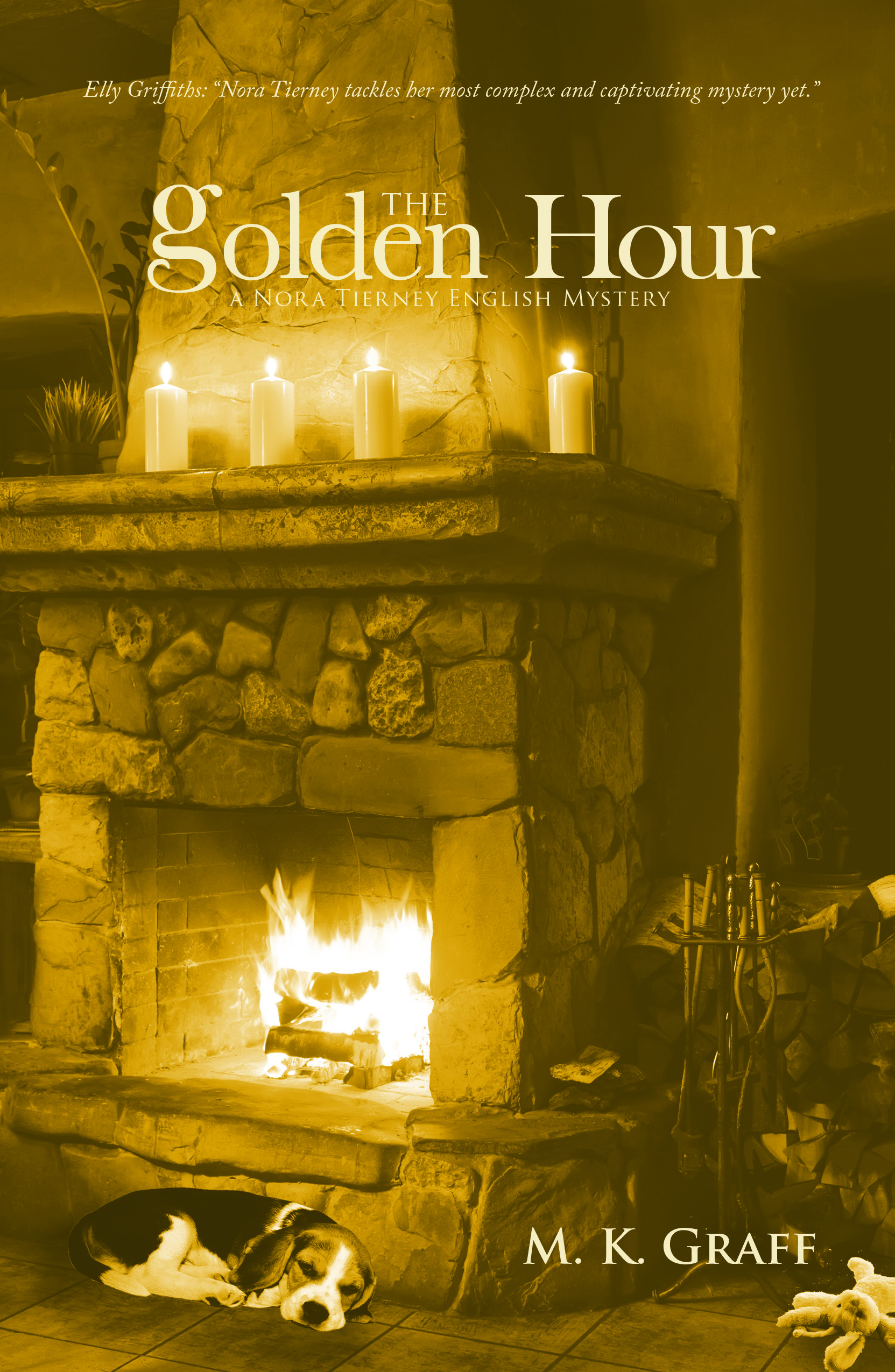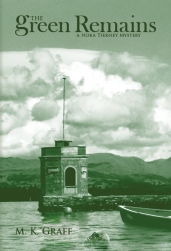Here are great books for those readers who enjoy theirs set in far away times with the hint of mysterious fairy tale adventures–enjoy!

Katherine Ashe’s third in her Prince Catchers series, I Loved a Rogue, has garnered enthusiastic reviews.
A soothsayer has foretold the future for one of three orphaned sisters: one will marry a prince. It’s the stuff of fairy tales for certain, as they await the mystery of their past to be revealed. Only the last sister can fulfill the prophecy, but it comes at a price: resisting the advances of a seductive rogue.
Eleanor Caulfield appears to be the perfect vicar’s daughter, yet she’s been in love with a gypsy, Taliesin, who broke her heart years ago. The only unmarried sister, Eleanor is fast approaching spinster hood. With the marriage of her father, she determines she must unravel the mystery of her parentage. Having almost died as a child, Eleanor’s sisters demand she have an experienced traveler be her guide.
With Taliesin appearing for her father’s wedding, the sisters suggest he accompany her, and Eleanor sets off with mixed feelings.
As they travel the countryside in search of clues to her parent’s identity, flashbacks show the duo’s history: the mixture of awe and devotion Taliesin feels for Eleanor; her fear and infatuation, under the impending doom of society’s disapproval.
Their challenging of each other is what strengthened Eleanor after her sickness and now galvanizes her on the quest for her parents. No spoiler alert here, but definitely an interesting ending to the series by a talented writer.
Auntie M had the pleasure of meeting Katherine Ashe at the Pamlico Writers Conference this year. She’s as charming as the heroines she writes about.

Paula Brackston’s novels of witches and spirits have a commanding following. She’s back with her fifth, Lamp Black, Wolf Grey, set in Wales, and this time one of her characters is none other than Merlin himself.
Dual stories in different times both feature the legendary Merlin. Laura, a painter, has moved to the Welsh countryside with her husband to make a fresh start after years of infertility. They are looking to trade the noise and busy London lifestyle for the quiet, quaint wilds of the Welsh countryside, and choose an ancient home named Penlan.
Instead of solace and inspiration, Laura finds herself experiencing emotional longings and mysterious unexplained occurrences. Living in a centuries-old house in a remote area rich in lore and mystery, she feels echoes from the past. Her imagination runs wild with tales of Merlin the Magician having lived nearby in his pre Arthur days, and she tells herself it’s her imagination or else she’s losing her mind.
Interspersed throughout Laura and Dan’s story is that of Megan, a servant in the house of a wicked lord, and of her romance with the magician Merlin. This duality fleshes out the story in a nice mix that’s hallmark Brackston. Laura is a complex and likable heroine, with very relatable weaknesses. The mythical Merlin remains more enigmatic and mysterious. The historical parts are well done, yet readers will enjoy the the compelling contemporary plot line.

Cassandra Clark’s fifth Abbess of Hildegard mystery takes readers to 14th century England in The Dragon of Handale. Clark introduces the characters and their backgrounds so readers who have not read the previous novels can plunge right in.
Hildegard of York is a former nun, something of a sleuth, used to being in a position of authority, a woman who’s become ambivalent about whether she should re-enter a convent or continue on in secular life. Her former prioress suggests that she stay at the remote Handale Priory while she ponders her decision.
Yet once she’s settled at Handale, Hildegard begins to wonder if there was a hidden agenda involved in sending her there. Handale is a place for penitents – but in practice, it appears more a kind of prison for sinning nuns. Life there is harsh and unforgiving.
Everywhere she looks, Hildegard’s sharp and inquiring mind sees suspicious activity. There’s a strange rumor of a vicious ‘dragon’ outside the priory walls. Then a mason, one of a group hired to do work for the abbey, is brutally murdered. The woman in charge seems deliberately cruel. Young novices are desperate to escape. And what is a wealthy merchant doing within the walls?
Hildegard realizes that these strange incidents make it her job to get to the bottom of what’s really going on at Handale. Her investigation will range from small and personal injustices right up to high affairs of state and the politics of the realm. Intriguing to see a mystery and amateur sleuth in this kind of setting.
Joanna Hicson’s Red Rose, White Rose takes readers to fifteenth century England in the time of the War of the Roses. This well-researched historical fiction is based on Cecily Neville, the wife of Richard Plantagenet of York and mother of Edward IV and Richard III. Cecily Neville is the youngest daughter of Ralph Neville, Earl of Westmorland, and her advantageous marriage with Richard, Duke of York, combines two of the most powerful families in the land.
But Cecily soon learns that being married to one of the richest men in the country is not without danger, and as she discovers that life so close to English royalty is fraught with both treachery and peril.
Beautifully researched, the story combines the best of both fact and fiction. Throughout the novel, readers learn Cecily’s perspective about her life; we see her maturing from a young and idealistic teenager to a mature woman with her own children and responsibilities for vast estates.
She’s a compelling protagonist, opinionated and controlling at times, but ultimately loyal to those she loves and respects. The co-narrator is Cuthbert, who is described as Cecily’s illegitimate half brother. This fictitious figure provides a much needed male perspective on what it was like to serve the Neville family. And as he gets tangled up in the politics and manoeuvrings of the scheming Plantagenets, we gain insight into the intrigue and deceptions that were so much a part of this deadly game of thrones.

Ariana Franklin’s death in 2011 left readers clamoring for her unfinished manuscript, and her daughter Samantha Norman has done a grand job of stepping in to finish her mother’s final manuscript, leading many to feel she can more than inherit her mother’s legacy in The Siege Winter.
Research on everyday medieval life brings real authenticity to the novel. During this era, England’s civil war between supporters of Stephen (grandson of William the Conqueror), and his cousin, the Empress Matilda, for the throne of England forced occupants of cathedrals as well as castles to take sides.
The fictional Kenniford Castle is a pivotal site because it is on a key Thames crossing. The castle’s mistress is 16-year-old Maud, a ward of King Stephen, forced to marry the much older, crass and barbaric John of Tewing, who arrived at the castle for the wedding with both his son and his mistress.
In alternate chapters, readers follow the fate of a young girl who had gone out to gather fuel with her family and was caught by a group of men, led by a sadistic rapist and killer monk with a penchant for red-headed children. Emma was left for dead but was found by Gwilherm de Vannes, a mercenary who had his horse stolen by the very men who ravaged Em.
Gwil nurses the girl back to health and she remembers nothing of the trauma that almost killed her, nor of her life before it. Gwil calls her Penda after a Pagan warlord. He cuts her hair to disguise her as a boy, and he teaches her to defend herself with a bow. The two travel through the countryside earning money by giving archery exhibitions. What Gwil doesn’t share with Penda is his determination to track down and destroy the monk who brutalized her. In addition, he suspects the monk may not be done yet with Penda, because when Gwil found her, she was clutching a valuable parchment that the monk needs to recover.
Events take a turn when Mathilda and two protectors, Alan and Christopher, stumble upon Gwil and Penda during a snowstorm, and take shelter with them. They beseech Gwil and Penda to help them get Mathilda to safety, and the five of them end up at Kenniford castle. Before long, the castle is besieged by the much larger and better armed forces of Stephen, and must survive a brutal winter while avoiding death and destruction.
A fascinating look at medieval times with a mystery within the rages of war.

Kate Forsyth is quickly becoming a name in historical fiction as she explores fairy tales. Her debut, Bitter Greens, won the Best Historical Fiction prize from the American Library Association.
It’s the time of the Sun King, Louis XIV, and novelist Charlotte-Rose de la Force has been banished from the Court of Versailles for behaving like a man in terms of her love life.
Running alongside Charlotte’s story is the thread of the fairy tale of Rapunzel, told to Charlotte by an old nun, which gives the story it’s interesting structure. The two story lines share themes as the female characters struggle for independence and the right to decide their own destinies.
This also echoes the life story of the witch who confined Rapunzel. For the first time we see her backstory and her fight for the freedom to make her own choices. This has her become a more sympathetic character than fairy tale readers recall, even though she remains a dark element in the Rapunzel story. The witch’s fears are common ones with which most people contend: the fear of aging and death. With its echoes of feminism, the themes apply to modern times and keep all the woman deeply human.

With The Wild Girl, another exploration of fairy tales, Kate Forsyth deals with the Brothers Grimm. This is a richly imagined tale of the woman who gave the Grimm brothers some of their best stories. History is very much part of the foreground, as the Napoleonic wars rage around the small kingdom of Hessen-Kassel. The book deals with how the lives of ordinary people, especially the poor or the marginalised, experience history as a material impact on their bodies and minds, and their everyday lives.
The romance between Wilhelm Grimm and Dortchen Wild unfolds slowly and deeply over many years. Dortchen is wild by nature, headstrong and curious. At the hands of her cruel and domineering father, she moves from innocence to experience, and the novel takes a hard turn. Its darkness is relieved by the meetings between the lovers, as she tells Wilhelm tales and they fall deeply into a forbidden love. There is real despair here, not a cliched romance, as the lovers are helpless in the face of circumstance.
Yet the romance becomes almost secondary to the sophisticated and thoughtful power of the stories. “Stories help make sense of things,” Dortchen tells Wilhelm. It’s long been known that many nursery rhymes and fairy tales were commentaries on the politics of their time. And in this novel we see the additional importance of stories in preserving a culture, in remembering history, and in connecting people in time as all good fairy tales do.
Kate Forsyth is a deft writer, her prose elegant and spare, almost Germanic in its precision and placement in this novel in contrast to the different language she uses in the French tale Bitter Greens, which has an almost baroque feel to her chosen words. So besides weaving talented tales and doing complex research of each time, this author manages to tailor her language to each novel’s setting. And the covers are gorgeous~








